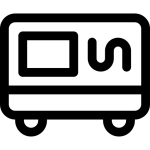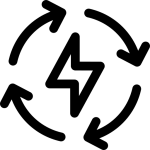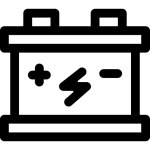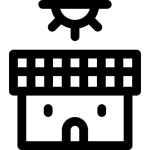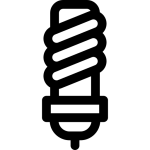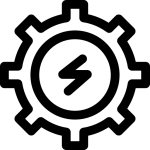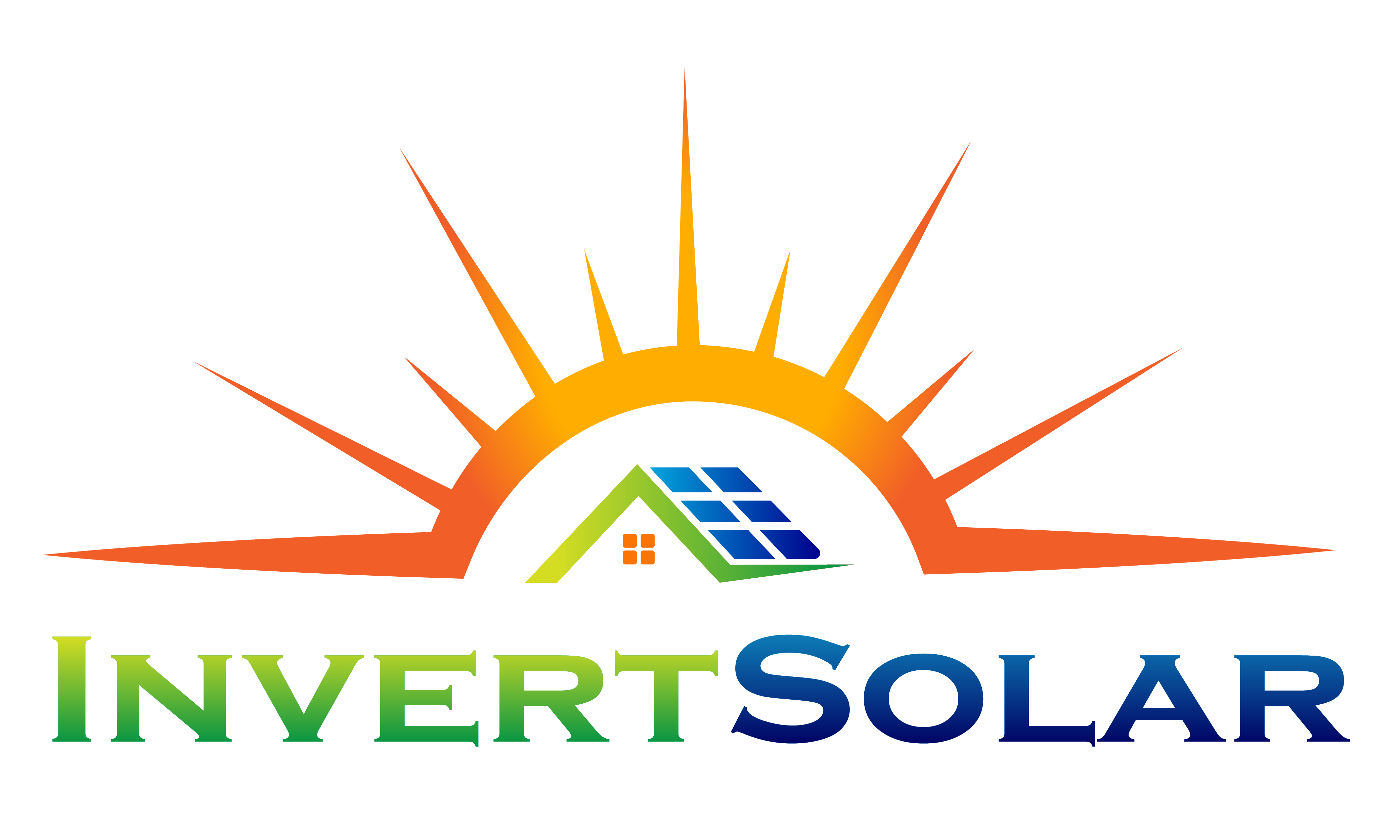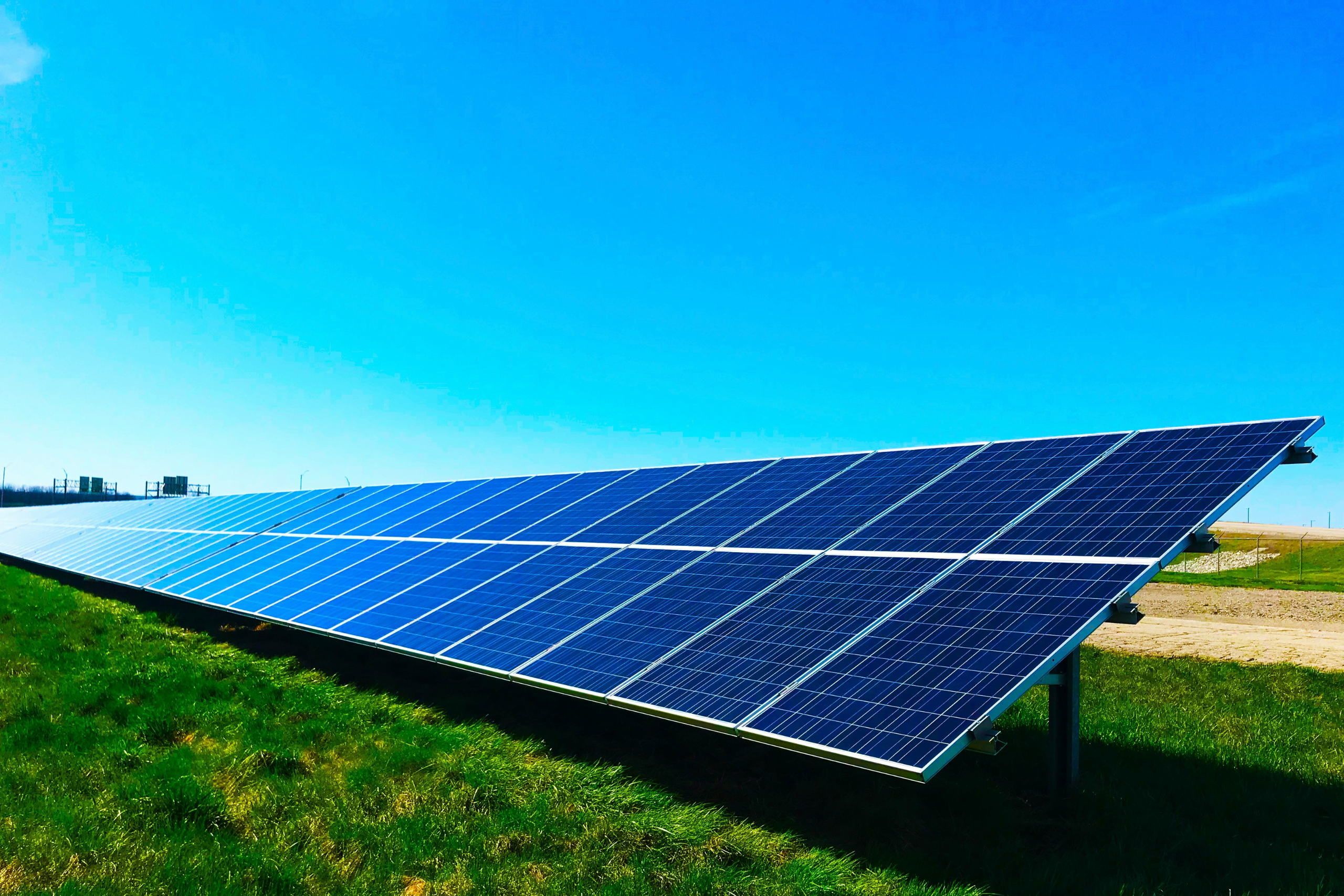Table of contents
A grid tie inverter is an essential component of any solar power system. Solar panels generate direct current (DC) electricity, and inverters play a crucial role in converting it into alternating current (AC) electricity, which powers our homes and businesses. In this article, we will delve into the inner workings of grid tie inverters, exploring their components, functionalities, and benefits.
How Does a Grid Tie Inverter Work?
To understand how a grid tie inverter works, we must first grasp the basic concept of solar energy conversion. Solar panels generate DC electricity when exposed to sunlight. However, most of our electrical appliances and the power grid itself operate on AC electricity. This is where the grid tie inverter comes into play.
The grid tie inverter connects both the solar panels and the electrical grid. Its main function is to convert the DC electricity produced by the solar panels into AC electricity that matches the frequency and voltage of the grid. This allows the excess electricity generated by the solar panels to be fed back into the grid, reducing our reliance on fossil fuels and lowering our electricity bills.
Components of a Grid Tie Inverter
A grid tie inverter consists of several key components that work together to ensure the efficient conversion of solar energy. These components include:
- DC Input: This is where the DC electricity generated by the solar panels is connected to the grid tie inverter.
- Maximum Power Point Tracking (MPPT): The MPPT is responsible for optimizing the power output of the solar panels by constantly monitoring and adjusting the voltage and current levels.
- Inverter Circuit: The inverter circuit is the heart of the grid tie inverter. It converts the DC electricity into AC electricity using advanced electronics and control systems.
- Grid Connection: The grid connection synchronises the AC electricity produced by the inverter with the electrical grid, ensuring a seamless integration of solar power.
- Monitoring and Control: Grid tie inverters typically include monitoring systems for tracking solar panel performance and adjusting settings to monitor and control energy production.
Understanding the 3 Phase Grid Tie Inverter Diagram
Large-scale solar installations commonly use three-phase grid tie inverters. In handling higher power outputs, these inverters are designed to work with three-phase electrical systems. Anyone involved in the design, installation, or maintenance of such systems should understand the 3-phase grid tie inverter diagram.
The diagram typically consists of three main sections: the DC input section, the inverter section, and the grid connection section. In the DC input section, the inverter connects the DC electricity generated by the solar panels. The conversion of DC electricity into AC electricity takes place in the inverter section. Finally, the grid connection section synchronises the AC electricity produced by the inverter with the electrical grid.
Grid Tied vs Off Grid Inverter: What’s the Difference?
When it comes to solar power systems, there are two main types of inverters: grid tied and off grid. Understanding the difference between these two types is crucial for choosing the right inverter for your specific needs.
A grid tied inverter, as the name suggests, is designed to work in conjunction with the electrical grid. Excess electricity generated by solar panels can be fed back into the grid, effectively reducing your electricity bill. Grid-tied inverters, relying on the grid for backup power during low solar production, eliminate the need for batteries.
An off-grid inverter is employed in standalone solar power systems, operating independently without a connection to the electrical grid.
Typically, these systems need batteries to store surplus electricity from solar panels for use in periods of low energy production. Off-grid inverters prove more suitable for remote locations with limited or nonexistent access to the grid.
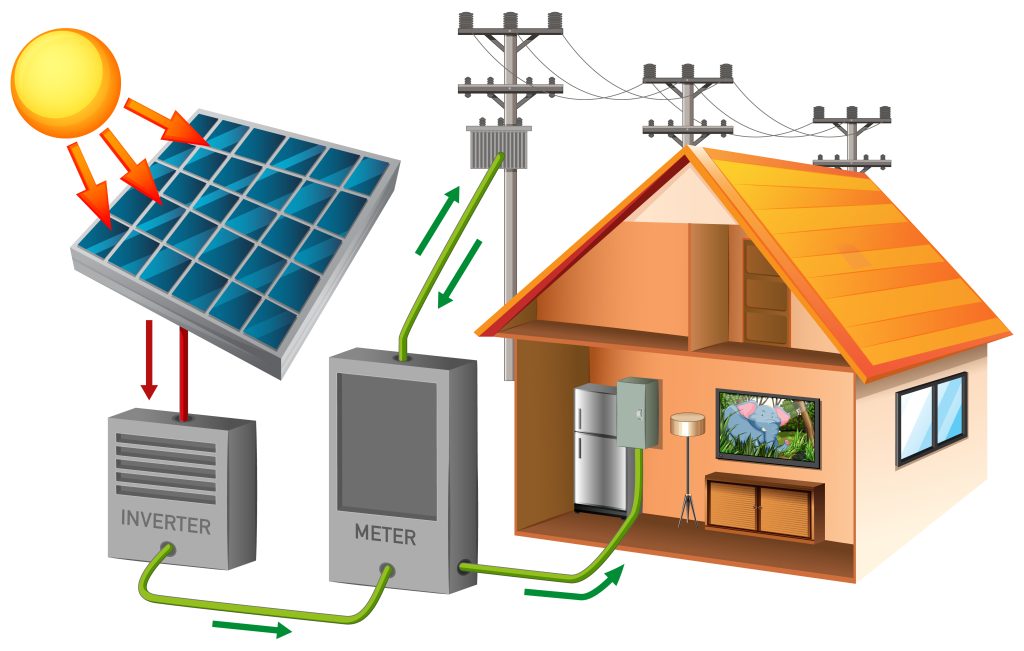
Benefits of Using a Hybrid Grid Tie Inverter
A hybrid grid tie inverter combines the best of both worlds: the advantages of grid tied and off grid inverters. This inverter connects your solar system to the grid and provides backup power during electrical outages.
The main benefit of using a hybrid grid tie inverter is increased energy independence. With a hybrid system, you can still generate and use electricity during power outages, reducing your reliance on the grid. Hybrid grid-tie inverters offer advanced monitoring, allowing tracking of energy consumption and optimising solar power production in a connected system.
Choosing the Right Grid Tie Inverter for Your Solar Panel System
Choosing the right grid-tie inverter for your solar system involves considering various factors to ensure optimal performance. These include the power output of your solar panels, the voltage and frequency requirements of the electrical grid, and any specific features or functionalities you may require.
For tailored advice, consult a professional solar installer or electrical engineer to ensure the inverter aligns with your specific requirements. Professionals assist in choosing the right inverter size, considering shading, orientation, and expected energy consumption for optimal solar system performance.
Installation and Maintenance of Grid Tie Inverters
Proper installation and maintenance of grid tie inverters are crucial for ensuring their long-term performance and efficiency. It is recommended to hire a professional solar installer to handle the installation process, as they have the necessary expertise and equipment to ensure a safe and reliable installation.
Regular maintenance is also important to prevent any potential issues and maximize the lifespan of your grid tie inverter. This includes cleaning the solar panels, inspecting the connections, and monitoring the performance of the inverter. It is always advisable to refer to the manufacturer’s guidelines and consult with a professional if you are unsure about any maintenance procedures.
Key Takeaway
Grid tie inverters are at the heart of solar power systems, allowing us to harness the abundant energy of the sun and reduce our reliance on traditional energy sources. Understanding the inner workings of grid tie inverters, from their components to their functionalities, is essential for anyone interested in solar energy.
By choosing the right grid tie inverter for your solar panel system, understanding the difference between grid tied and off grid inverters, and ensuring proper installation and maintenance, you can fully harness the power of the sun and contribute to a cleaner and more sustainable future.
